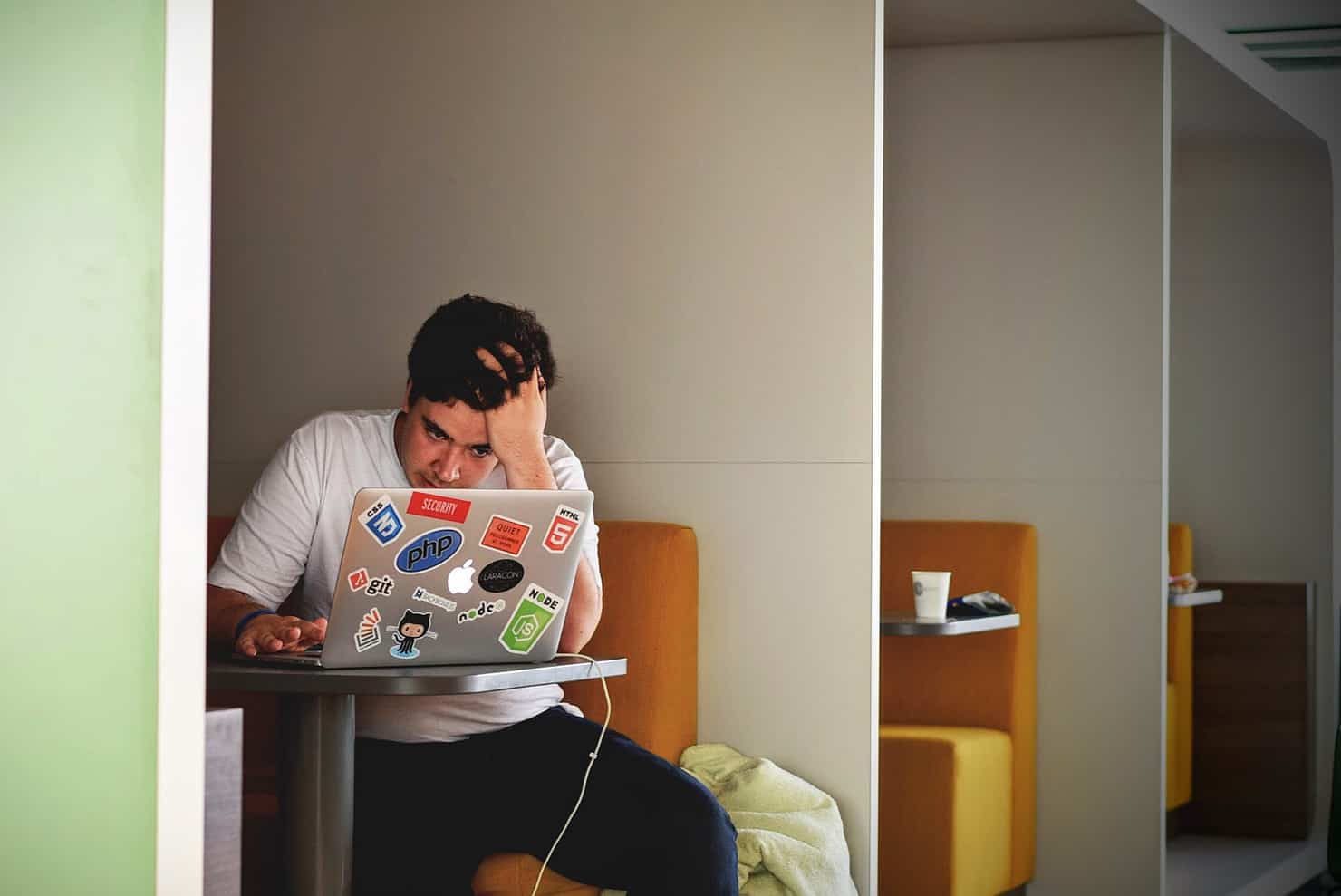Worried that you can’t pay your bills? You’re not alone: a new poll conducted by the American Psychiatric Association (APA) reveals that Americans’ financial anxiety in 2018 increased by the largest margin ever, despite overall positive economic trends. This year’s national anxiety score, determined on the basis of mean scores on a 0 to 100-point scale, is 51, a 5-point jump over 2017, the APA reports. “The numbers here are concerning, to say the least,” said Steve Wilbourne, CEO of Questis. “People – even those who aren’t in immediate financial danger are incredibly nervous about their financial and physical health. This pressure has the potential to greatly impact people. It’s time we addressed the root of this problem and that we do the work to fix it.”
Respondents were selected from a nationally representative sample of 1004 adults during the period March 22-25, 2018, and asked to rate their anxiety on five different areas: health, safety, finances, relationships and politics.These results were compared to the results from a similar poll of 1019 adults conducted a year earlier.
Demographic analysis showed increased anxiety scores in each of the five areas across age groups, across people of different races and ethnicities, and between men and women. Baby boomers had the biggest rise in anxiety from 2017 to 2018, by 7 points, while millennials continued to have the highest levels of anxiety among all age groups. Anxiety about being able to pay the bills showed the great increase. Nearly three quarters of young adults aged 18 to 34 years, nearly three quarters of women, and nearly 4 of 5 Hispanic adults report being somewhat or extremely anxious about paying their bills. People of color are more anxious than those who identified as white, scoring 11 points higher on the anxiety index.
Women reported more anxiety compared to men. Women also experienced a greater increase in anxiety than men from 2017 to 2018. When asked to compare their current anxiety to that of the previous year, 57% of women aged 18 to 49 reported being more anxious, in contrast to only 38% of men between the same ages. Older women are also more anxious. Thirty-nine percent of women over 50 reported being more anxious now than this time last year, compared to 24% of men 50 or older.
Overall, approximately 4 in 10 people (39%) say they are more anxious than they were last year. One other key finding from the poll is that people with Medicaid are more anxious than people with private insurance, which is not surprising given current national health care policy discussions.
Because increased anxiety and resulting stress can significantly affect so many areas of a person’s life, as well as their families, the new poll highlights the need for a holistic approach to financial wellness. Commenting on the poll, Drew Ramsey, MD, assistant clinical professor of psychiatry at Columbia University, in New York City, noted that “We hear a lot of news about how the economy is on fire, but that’s not translating to a lot of Americans.”
